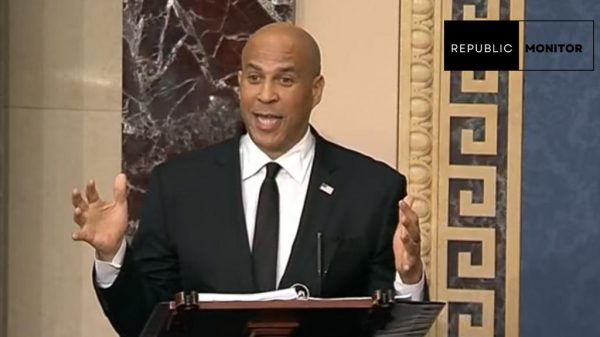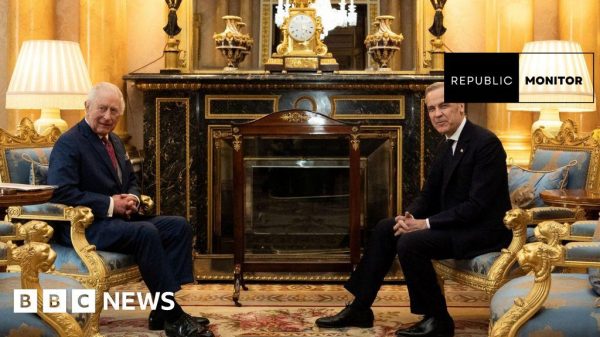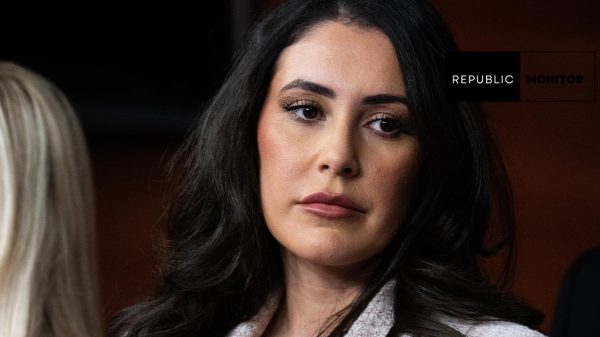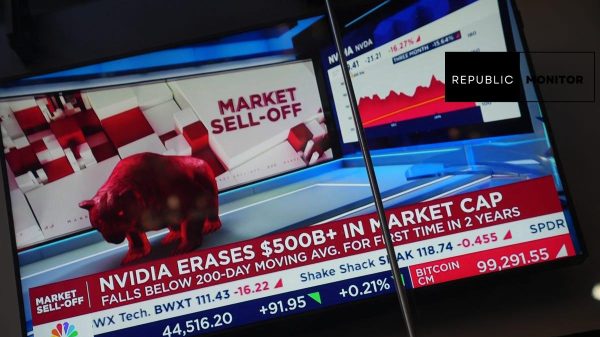In the week since Ryanair flight FR4978 from Athens to Vilnius was forcibly diverted to Minsk, travel in Europe already looks very different.
Three days after the incident — in which Belarusian fighter jets escorted the airplane to land in the capital citing security concerns, before arresting opposition activist Roman Protasevich and his Russian companion Sofia Sapega — European airlines were formally stopped from flying over Belarusian airspace. The directive, issued Wednesday by the European Union Aviation Safety Agency (EASA) under the form of a Safety Information Bulletin (SIB), called on all airlines “with their principle place of business in one of the EASA member states” to avoid Belarusian airspace. They advised that all other airlines should do the same, wherever they are based.
The directive came a day after European Commission President Ursula von der Leyen announced that the bloc was “closing our airspace to planes from Belarus,” calling on EU airlines not to fly over the country after the “outrageous behavior” shown on Sunday. It’s not just the EU. Other major carriers including Singapore Airlines have also vowed to bypass Belarusian airspace. There were other impliations, with Russia — an ally of Belarus — taking several days to grant Air France and Austrian Airlines flights to Moscow the clearance to use Russian airspace to divert around Belarus, prompting cancelations.
So how big a deal is this? Huge, say industry insiders — big enough to have already shaken the aviation map of Europe, and big enough to have knock-on effects beyond the continent — particularly if the situation escalates further. If it did, passengers could see their flight times increased, a rise in fares across the networks, and even long-haul, nonstop flights needing to make refueling stops along the way. Of course, that’s a worst-case scenario. But coming after a disastrous 15 months for aviation, as the travel industry in Europe gears up for the busy summer season amid ever-changing travel restrictions and passenger concerns about the pandemic, there couldn’t be a worse time to add another layer of uncertainty.















